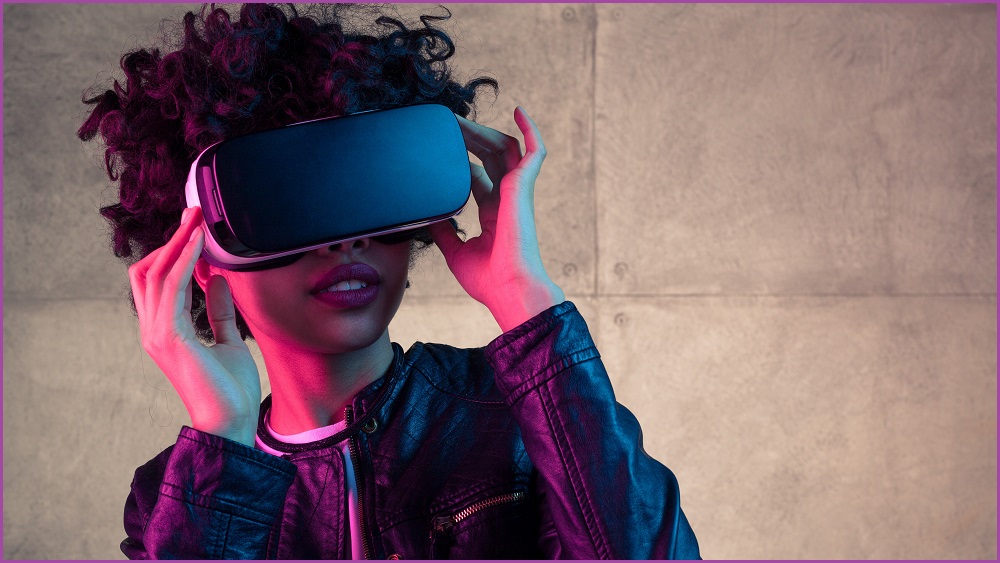Women have to build the metaverse if the next major leap in human-computer interaction is to be used by everybody, the audience at ADMA’s Global Forum 2022 heard on Wednesday.
In a panel discussion titled ‘Demystifying the Metaverse’, Carli Johnston, co-founder of augmented and virtual reality (AR/VR) company Virtual Method, said there was a great need for women to be at the forefront of metaverse content design to ensure the technology develops out of a diverse set of needs and experiences.
“A lot of the time men experience content and understand virtual worlds through parallax,” Johnston said, referring to the way our eyes perceive the position and size of objects in space.
“[Whereas] women look at gradients and shadows – it’s really primal.
“Often if there’s a lot of men behind the scenes building content you get a lot of parallax but you’re really missing those gradients so you get women saying, ‘I felt really queasy in there and I don’t know why’.”
The metaverse has become a catch-all term for a bundle of technologies like blockchain, AR, and VR, which will form a more immersive internet experience where the boundary between analogue and digital reality is blurred.
Unfortunately, nausea is a common side-effect of, and hurdle for, virtual reality adoption even as newer iterations appear to better combat the way our brains try to parse seeing objects that aren’t really there.
But there have been suggestions that inherent differences in the way men and women perceive objects increases the frequency of VR-induced nausea among women.
Specifically higher rates of nausea are linked to the depth perception of cisgender women which is more tuned to the subtle changes in an object’s shading than it is to parallax.
“In the real world, both these cues work together to give you a sense of depth,” wrote technology and social media scholar danah boyd back in 2014.
“But in virtual reality systems, they’re not treated equally.”
This isn’t a deliberate design choice so much as it is a result of systemic sexism, cultural values, and unconscious bias.
“All too often, systems get shipped with discriminatory by-products and people throw their hands in the air and say ‘oops, we didn’t intend that’,” boyd wrote.
To combat this, Johnston – who also co-founded the group Women in AR/VR, Australia – called for more women to get involved in building products for the metaverse.
“Now is definitely the time to get in if you’re a female,” she told the ADMA Global Forum 2022 audience, urging women to “try everything” related to the metaverse and keep in mind that many skills will be transferrable to the new media it affords.
“Don’t think you don’t have a skill to get in,” Johnston said.
“Everybody has a skill they can apply to the metaverse now – from storyboarding and storytelling to the blocking of scenes.
“User experience is so important and often overlooked.”










